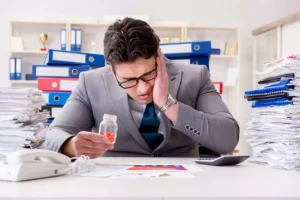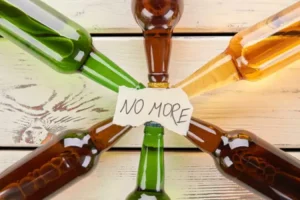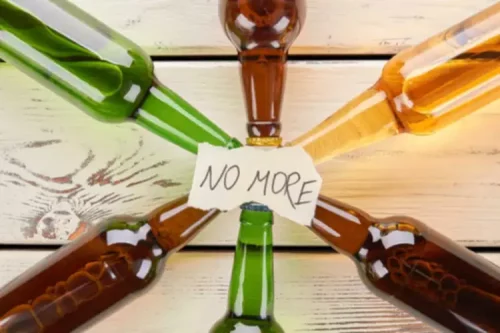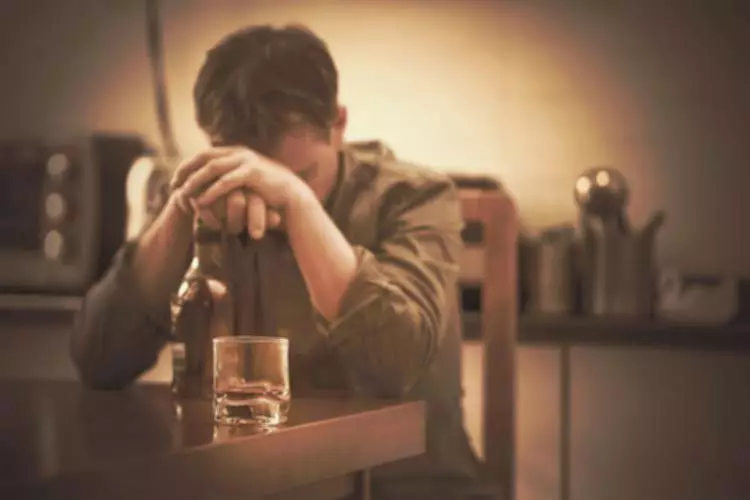
Start your recovery journey with peace of mind, knowing your care is covered. We would like to thank the research participants for sharing their experiences with us and the services and staff that worked with us in Bristol, Teesside and Glasgow. We would also like to thank the peer co-researchers, Joanna Green, Chris Shilvock, Jade Ritchie, Louise Aitken, Nick marijuana addiction Booth and Peter Da Silva.
- This includes meeting with counselors in individual or group sessions, planning aftercare treatment, and continuing any medication to mitigate lingering withdrawal symptoms.
- Treatment of mental health symptoms such as anxiety could also help address the therapeutic uses of benzodiazepine alongside opioids 52.
- We publish material that is researched, cited, edited and reviewed by licensed medical professionals.
The Link Between Meth Detox and Mental Health Treatment

Depending on patient characteristics, benzodiazepines can be withdrawn or the patient stabilised on a maintenance program. The management of dependence involves either gradual benzodiazepine withdrawal or maintenance treatment. Prescribing interventions, substitution, psychotherapies and pharmacotherapies can all contribute. Victoria L. Leigh, DO, FACOI, an internal medicine specialist with Providence St. Joseph Hospital in Orange, CA, said in certain cases, benzodiazepines may be used first, such as with anxiety experienced by cancer patients and hospice or palliative care patients. It should always be done under the guidance and supervision of a qualified healthcare professional.
- Care should be taken in interpreting the results as some metabolites are themselves parent compounds.
- Expecting complete abstinence may be unrealistic in some cases and can even be harmful.
- This type of therapy is designed to help individuals who are ambivalent about change to become more motivated to make a change.
- The number of co-facilitated interviews was determined by the availability of the peer researcher(s), the consent of the participant and host organisation.
- A systematic review of qualitative studies highlighted ambivalence among GPs towards prescribing benzodiazepines (not in relation to opioid co-use) and inconsistently applied strategies for managing their use.
Ways to Prevent Relapse
Support groups and aftercare are also important parts of the treatment process, to help individuals maintain their progress and stay on track in their recovery. With the right treatment, individuals can regain control of their lives and overcome their addiction. Following a near-fatal overdose, some people described a change in pattern to reduce their risk of future overdose. Patterns also changed, following a switch in methods of administration of opioids (e.g. from injecting to smoking heroin), or in response to availability and/or access to prescribed or illicit drugs. Benzos are often prescribed to treat insomnia, seizures, epilepsy, and other mental health disorders.

Taking the First Step: A Guide for Individuals Considering Detox
It’s like they’re the Swiss Army knife of the pharmaceutical world – versatile, compact, and oh-so-handy. Support groups, such as Narcotics Anonymous (NA), can provide a safe space to meet peers who have also struggled with addiction and share experiences and advice. These groups will often employ the 12-Step model or other recovery aid to ensure that long-term sobriety is upheld. Benzodiazepines can have lasting psychological effects and post-acute withdrawal symptoms can last for years. Many of the best support groups encourage those in recovery to have sponsors, someone who can both hold them accountable and provide them with needed individual support when needed most to help maintain a sober life. IOPs require patients to attend treatment for three hours a day, often for five days a week but declining as recovery improves.

- When people build a dependence on benzodiazepines, seeking treatment is necessary to create a strong foundation for recovery.
- From acupuncture to chiropractic medicine, explore the path to wellness today.
- We have also been intentionally descriptive in the naming of the patterns in order that they highlight the specificity of which types of drugs are co-used and when during the day.
Table 5 reports the numbers of people in each pattern who had ever experienced a near-fatal overdoseFootnote 2 through drug use, and of these how many of these they attributed to their current benzodiazepine opioid co-use pattern. For all patterns, at least one participant reported a near-fatal overdose and a trend is observed, where a higher proportion of participants prescribed methadone reported near-fatal overdoses compared to participants prescribed buprenorphine. As described above, not all co-use patterns were daily patterns, and not all patterns involved high doses of benzodiazepines and/or opioids which may give the sense of a lower risk of fatal overdose compared to daily, less controlled patterns of co-use (patterns 5–6). However, as highlighted at the end of each pattern, non-fatal overdoses did occur. Potential explanations for this are because of an unexpectedly strong batch of benzodiazepines/z-drugs or because they had temporarily switched into a less controlled pattern of co-use. It’s important to note that people were also aware that benzodiazepines and opioids could be a fatal combination, and specifically combined these drugs to intentionally overdose.


This is because they are CNS depressants, which slow down overactive brain activity. Benzodiazepines (much like barbiturates) should never be taken on a long-term basis, due to a high risk of developing tolerance, dependence, and addiction. The FDA has historically favored abstinence as the endpoint in benzodiazepine withdrawal trials to develop medications for substance use disorders.
- Most IOP programs offer a mix of psychiatric medication (if needed), urine drug tests, recovery skills groups, and individual counseling or case management.
- It helps you identify negative thought patterns and behaviors, then gives you the mental equivalent of push-ups and squats to change them.
- Co-use binges, with large amounts of benzodiazepine were also reported to cause memory black-outs (see also Fig. 4 below which depicts the co-use timeline reported by participant 13).
- Finding a medical detox facility is the safest way to continue the rehab process sincebenzodiazepine withdrawal symptomscan be severe.
- To truly grasp the insidious nature of benzodiazepine addiction, we need to take a quick trip into the labyrinth of our noggins.
Though benzodiazepines are prescription drugs and are used for easing off symptoms of anxiety and depression, they can be very addictive. The Recovery Village offersteletherapy treatmentfor those who are struggling with addiction and mental health issues. Individuals who register for our teletherapy services are matched with a licensed professional who meets with them regularly and guides them on the path to recovery. Benzos are often prescribed to people with a mental health disorder, and finding treatment for co-occurring disorders can be a complicated process.
Finding Purpose and Meaning in Recovery
Thus, the NIH and FDA have recently called for consideration of meaningful study endpoints in addition to abstinence in research on new smoking-cessation products6; though abstinence is still required as the main outcome for medication approval. Learn the impacts, signs, prevention, and support for affected individuals and families. From prevention programs to health risks, learn how drugs are all around in Ohio. To ensure the safety of detox and effective management of potential complications, continual medical oversight and support through counseling and therapy significantly enhance recovery outcomes. In some scenarios, individuals may encounter worsen symptoms, known as ‘rebound’ effects, where anxiety or insomnia may intensify following cessation. The detoxification process itself is a bit like riding a rollercoaster blindfolded.
Consistent aftercare (such as therapy or support groups) is recommended to minimise this risk, even if withdrawal and detox have been successful. While you are following your tapering schedule, you should also make a plan to deal with the side effects of detox and the temptation to relapse. Exercise, meditation, and mindfulness exercises such as deep breathing can help you deal with anxiety, as well as distract from drug cravings. Counseling—group, family, and individual—will be a great help during detox and beyond. As the medication leaves your system, you will be rewarded by clearer thinking, sharper memory, and an increased ability to engage with what you are doing and to connect with other people. Benzodiazepine addiction can cause a range of symptoms, especially over time.
